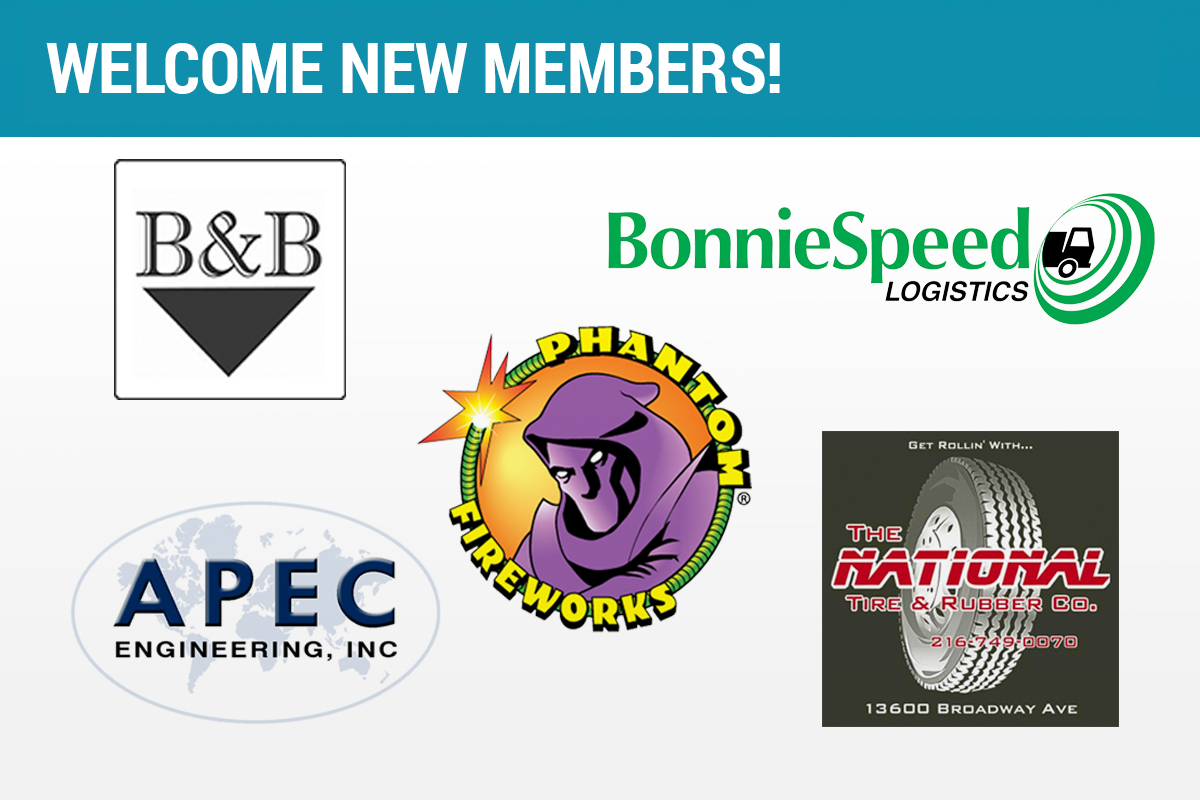Understanding Financial Literacy at Every Business Stage

Financial literacy isn’t one-size-fits-all. The needs of a solo entrepreneur differ greatly from those of a growing team or a large, established company. No matter your business size, strengthening your financial know-how can lead to better decision making, smoother operations, and long-term success. Here’s how financial literacy looks at different stages:
Small Businesses (1–10 employees)
At this stage, owners often wear multiple hats. Understanding cash flow, bookkeeping basics, and tax obligations is crucial. Tools like QuickBooks or Wave can simplify finances. Consider taking a local workshop or online course in small business accounting. Don’t hesitate to consult with a CPA early on because it can save you money down the road.
Takeaways:
- Track every dollar: Know your income, expenses, and break-even point.
- Use simple tools: Leverage accounting software designed for small businesses.
- Get professional advice: A CPA can help you avoid costly errors.
Medium-Sized Businesses (11–100 employees)
As operations expand, so does financial complexity. Budgeting, forecasting, and payroll management become key areas of focus. Invest in financial management software and consider hiring a part-time CFO or financial consultant. Training for department heads on budget oversight can keep spending aligned with strategic goals.
Takeaways:
- Build a budget framework: Include monthly forecasting and expense tracking.
- Delegate with confidence: Empower managers with financial training.
- Bring in experts: A part-time CFO can provide clarity during growth stages.
Large Businesses (100+ employees)
With larger teams and higher stakes, businesses must prioritize advanced financial planning, risk management, and investment strategy. Strong internal controls and regular audits are essential. A full-time CFO and finance team can provide insights to drive profitability and sustainability. Ongoing financial literacy training for leaders ensures smarter, data-driven decisions.
Takeaways:
- Prioritize risk management: Identify vulnerabilities and prepare contingencies.
- Implement strong controls: Regular audits and financial reviews are key.
- Encourage financial learning: Train leaders in strategic financial thinking.
Final Tip:
No matter your size, financial literacy is a growth asset. It empowers owners and teams to make informed decisions, avoid costly mistakes, and seize opportunities with confidence. Businesses with strong financial understanding can better manage cash flow, secure funding, evaluate risk, and plan for sustainable growth. Start where you are, and make continuous financial learning part of your business strategy. It’s a smart investment with long-term rewards!
This CuyEast Chamber post was written with AI assistance in part.
Share This Story, Choose Your Platform!
Other CuyEast News
If you enjoyed reading this, then please explore our other articles below:
🗓️ 6/20 Webinar: Leveraging Tax Credits and Incentives to Accelerate Business Growth
Join Cuyeast Chamber member Aman Wilkerson from 360 Benefits Group as he explains how to leverage tax credits and [...]
Meet 5 New Members!
Please welcome and support the following new members: Bonnie Speed Delivery Inc. Cleveland, Ohio Bonnie Speed is a full-service [...]
Introducing Sedgwick for Savings on Workers’ Compensation Costs
Did you know that many alternative discounts are available to help reduce your annual Ohio workers’ compensation costs? Through [...]
🗓️ 6/15 Ribbon Cutting: Grand Opening Phantom Fireworks
Join us in celebrating the grand opening of our newest chamber member, Phantom Fireworks, located at 24331 Miles Rd. [...]



